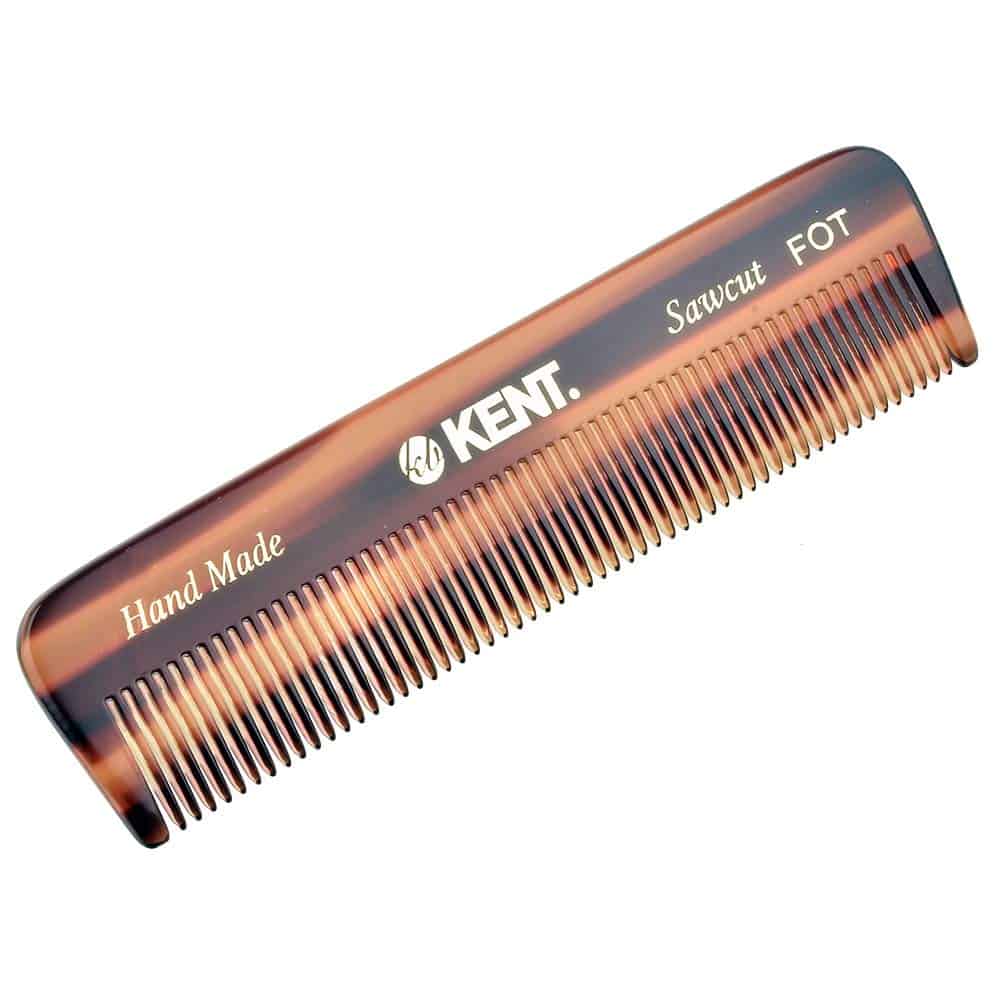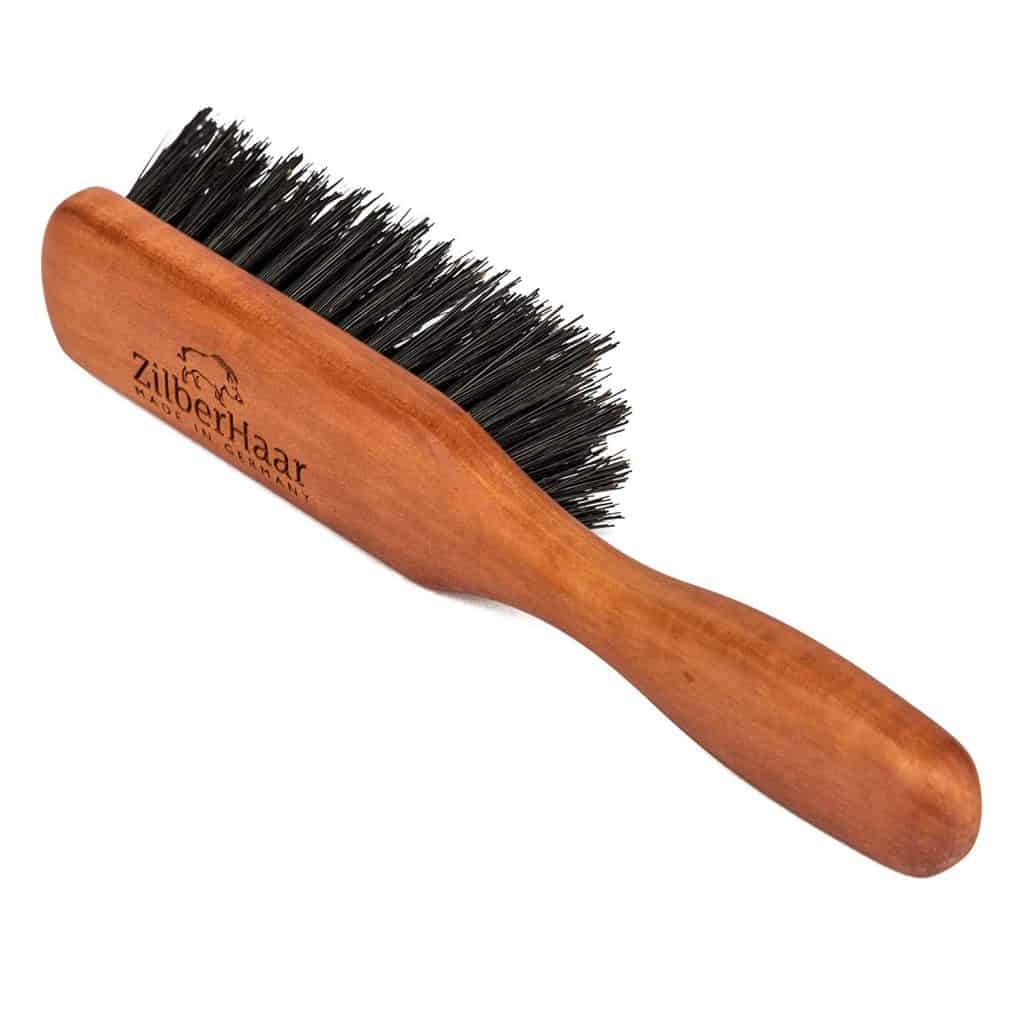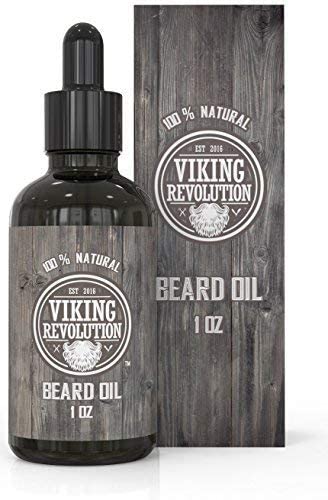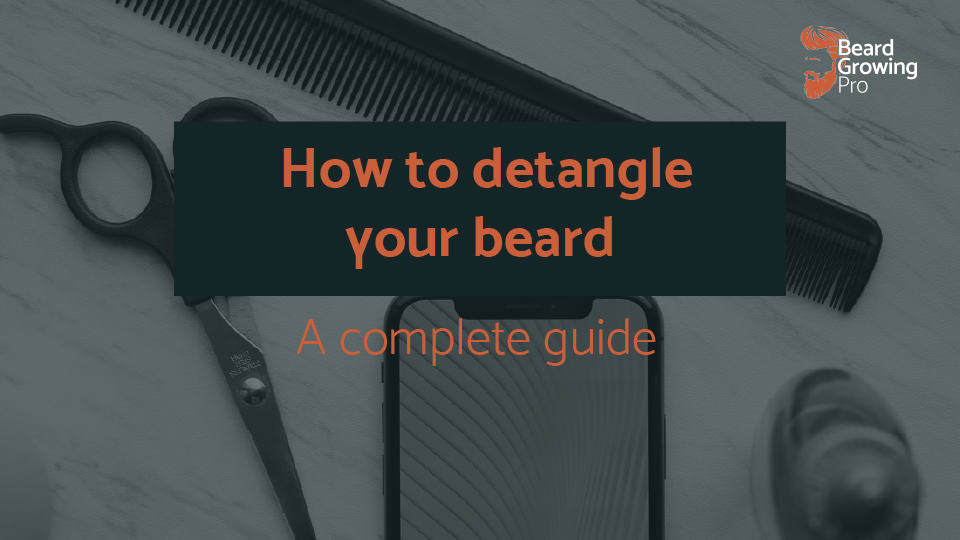As your beard gets longer it is natural to find that it become tangled more often. You’ll spend more and more time stood looking into the mirror raking at your beard wishing for it to detangle! The good news is that there are plenty of ways that you can detangle your beard. From combs to products that’ll help keep your beard knot free! Here’s a rundown on how to detangle your beard…
You can detangle your beard by trimming up your beard regularly, committing to do a little bit every day, changing the way you sleep, using a deep hydration method, and investing in a good quality beard comb. You should see results almost immediately.
I don’t think there is anything more awesome than seeing a long, well-conditioned beard but I can’t help but wonder how much brushing that beard would take! Hours upon hours in the mirror I’m sure. But don’t think that beard knots are exclusive to men with long beard hair. You may find that beards with particularly curly hair and of African decent can also become very tangles die to the density of the beard.
The good news is that there are plenty of things that you can do to make sure that your beard is knot and tangle free. Here we’ll go over what I have found works and where you get the best results.
Invest in good brushes and combs
When you first start growing a beard you don’t take into account the amount of upkeep that it really takes. Maintaining an intentional looking beard is what separates the best looking beards to the not-so-great ones. The best grooming routine comes down to the simplest of beard grooming products – the humble brush and comb.
Let’s take a quick look at when and why you’d want to use each.
When you’d use a beard brush vs a beard comb
When deciding on a brush or a comb in the early stages of beard growth – I’d recommend that you buy a cheap plastic comb with a couple of tooth spacings on the comb. In the end, you’ll need both types of brushing equipment becase each has it’s own specific use.
Beard combs

Beards combs are what nearly every person growing a beard should start with. That’s because they are inexpensive and will do everything you need of them. They allow you to do a variety of things to your beard:
- Great for styling – the precise nature of a beard comb means that it is fantastic for styling. You can use the tips of the comb to accurately position hair or you can use the full width to sweep the hair in a particular direction. This is why you’ll never see a barber without a favorite comb!
- Get to the skin – Before styling my beard I brush it all out with the wide-tooth comb section. I make sure that I penetrate the full depth of my beard and get ti the skin. This makes sure that I remove any dirt that has built up over the day and night.
- Great for distributing product – I can use a plastic comb to distribute a product through my beard and evenly spread it on the hair. I used a plastic comb after every application of oil, balm, and wax.
- Helps hen trimming your beard – having a comb helps you to cut more precisely. I use a plastic comb to identify hairs that are much longer than the rest and also to hold my beard in place while trimming with scissors or an electric trimmer.
Beard brush

I have found that a beard brush is fantastic at putting the final touches on a beard and not so much for helping the beard grow in a particular direction. A beard brush is normally made up of boar hair or other flexible fiber. It is used on shorter beards to get the hair in one direction and on longer beards to get the top layer of hair to behave and lie flatter.
Here the uses of a beard brush:
- A finishing brush – I mainly use my beard brush as a “finishing brush”. By that, I mean that I use it to make the final hairs on my face fall into position. I use it very lightly and it provides a level of control that I can’t get from a plastic comb.
- A “beard massage” – because of the stiff and dense fibers that make up a beard comb it can also be used to “go hard” on your beard. You don’t have to worry about damaging the hairs like you would with a plastic toothed comb.
- Remove unwanted product – I sometimes use my beard comb after I have put a little bit too much beard oil on my beard. The fibres of the brush help distribute it a little finer and take some of the oil off.
- Remove static – plastic combs can sometimes leave a static on your beard hairs. I’ve found that natural bristles allow you to remove the frizziness left by plastic combs.
Quality materials
Make sure that you choose a comb and brush with quality materials. A comb can be made of wood or plastic but I have found that most will give you a great result. Just remember to buy a comb with two different tooth spacing. Wide – so you can get down to the skin no matter the length of your beard. And narrow – so you can do the finishing touches to the top layer of your beard hair.
For a brush, you have a choice between two different types of bristles. You have to choose between natural boars hair or synthetic. Boars hair has the potential to absorb some of the beard oil that you are placing on your beard while synthetic bristles are cruelty-free and will last a little longer than boar hair.
Once you have the right tools for the job you need to learn to comb your hair properly!
Learn how to comb your hair properly…
A regular routine will help you maintain your beard and keep it looking it’s best. You can’t go too wrong with brushing your beard but you don’t want to cause any extra damage to your beard.
1. Go easy on wet hair
Before you brush your beard it is commonplace to do it after a shower of after you have just shampooed and conditioned your beard. Make sure that you are going easy on wet hair because it is at it’s most fragile when it is wet.
The water absorbed into the hair makes it extra brittle so the last thing you want to be doing is raking at it like a mad man with a plastic comb. Wash your beard about two to three times a week. Don’t do it too much as it will strip your hair of the natural sebum that is found on the face and make your hair drier and more prone to breakages.
2. Use a hairdryer on low heat – brush and hold
At this stage, I like to use a hairdryer on low heat and hold the hair in the position I want it to sit for the day as I am blowing gently with warm air. This allows me to straighten any problem areas of my beard as it dries and locking it into place.
I always work my beard towards my chin in long sweeping motions with a wide toothed comb, getting right to the skin with each stroke.
3. Use beard oil

Beard oil is a fantastic product – it has a whole range of great features. I use it just as my beard is at the end of drying to lock in the last little bits of moisture into my beard. Then (without any heat applied) I take a plastic comb and use the small spaced section to run over the top of my beard. Positioning the hairs on the very outer layer of hair.
After the beard oil has been given a few minutes to sink in, I will use a beard brush to lightly go over the entire beard surface. I find that this removes any excess beard oil (if I have been a little overzealous with the oil) and provides a perfect positioning.
4. Use a conditioner
I’ve been a huge fan of Bluebeard’s beard saver for a while. It is something that I have put on my beard at least once a week and it really helps keep my beard conditioned and free of knots and tangles.
I tend to use a beard conditioner when I’m at the end of my grooming – a little goes a long way. I use a narrow tooth comb or beard brush to distribute it through my beard.
Interested in how to make your beard shine? Check out this article.
5. Go with the grain
You may have read a load of blog posts that talk about sweeping your beard upwards – I’m not sure it provides any benefit. I’ve always brushed with the grain of my beard and have never had any reason to go against the natural direction of beard growth. Perhaps it is a way to provide a new level of bushiness before sweeping with the grain of the hair – I’m not sure!
Take the time to work out what works for your beard, however. I could be that you need to brush against the grain before going with the grain to achieve the best results for your beard.
Follow the simple steps above and I;m sure that you’ll be able to maintain your beard properly and keep the tangles out of your beard! We are not quite done yes – there’s some trimming involved too that can help keep your hair knot free!
Trim your beard regularly
There’s one really simple way to ensure that your bead remains tangle-free – and that is to trim it up regularly. Now let’s be clear about this – beard trimming is very difficult and takes a lifetime to master. So, if you’re not down with DIY’ing it from the start make sure you speak with a trusted barber.
Here is how I trim up my beard every couple of weeks when I’m in a maintainece mode (not growing it out longer):
When you should trim
If your are growing out your beard you should simply leave it alone until it goes past the length that you want to trim it back to. I like to trim my beard every couple of weeks once it is at the stage where I want to maintain it’s length and keep the lines looking defined.
The idea of trimming this regularly means that you’ll be able to keep the split ends to a minimum as that is where a number of serious tangles can start! Split ends are caused by malnourished beard hairs or they can happen as a result of being too rough with your beard. You want to aim to trim only a quarter of an inch off of the ends of your beard or less. Trimming this amount can have a huge impact on your beard and will keep it looking sharp
Scissors of trimmers?
When I’m doing a fortnightly trim on my beard I suggest to people to use good high quality trimmers. This will still require you to make a number of passes over your beard but a good quality trimmer means that you will catch every hair that sits above your desired beard line.
I use scissors almost daily to take of small amounts of hair. The reasons like using scissors is because:
- They do not allow me to make huge bread changing decisions that can effect my beard shape. If I was trimming every day with trimmers I fear that I’d have nothing left!
- They allow precision – I only typically snip off one or two hairs to perfect the line of my beard.
- They are easy to travel with. I rarely travel with a trimmer and all of its accessories. Carrying a good pair of scissors is way more travel friendly (as long as you can put them in your hand luggage!)
A little bit every day
Detangling your hair is not a once a week kind of process. Like a garden, you should aim to do a little bit every day to keep your beard tangle-free! Here are the key outcomes I want from each type of grooming session:
- Daily: I will check to see if my cheek line or neckline needs shaving. I will comb my beard and remove with scissors any wild hairs that I see. I will not use the beard trimmers as I have a tendency to over trim if I use electric trimmers every day.
- Fortnightly: I redefine the neckline and shape that was set up by a professional barber a couple of months before. I will take a good set of beard trimmers and trimmer guides to form the cheek and sideburn length. I’ll then take a bit of weight out of the bottom of my beard and then make sure it is symmetrical.
- 6 monthly: I will spend $50 or more to get a professional to reshape and line my beard. I use this as an opportunity to get feedback on what I am doing as well as fine-tune the shape and style I’m after.
Doing a little bit every day will avoid you having to do big interventions with your beard. Coming up with your own daily maintained schedule will be your best offense for keeping your beard tangle-free!
Deep hydration
Sometimes you beard just needs a good nourishing treatment to make sure that your beard isn’t dry and prone to tangling! It’s time for a deep hydration. Deep Hydration facial and beard treatments take time but the good news is that you can do all of them at home. This is what a home treatment deep hydration treatment looks like:
- Get a hot towel ( as hot as you can stand) and wrap it around your face and beard – leave it for two to five minutes.
- Buy a good leave-in conditioner and use a thumb tip amount and liberally apply to every area on your beard – work it deep with your finger tips
- Use a wide toothed comb to word the conditioner deep into your beard and to the surface of your skin.
- Place a shower cap over your beard and leave it for 20 minutes – this will ensure maximum absorption
- Rinse your beard with water and towel dry your beard
- Add 5 drops of beard oil to your palm and work it through your beard
- Follow up with a beard balm or butter if you want to
These seven steps should leave your beard feeling hydrated like never before. Feel free to repeat these steps as often as you feel that your beard is getting dull.
If you want some more ideas about how you can condition your beard using home treatments check out my other article – how to make your beard shine!
Change how you sleep
I am a stomach sleep and that plays havoc with my beard! Tossing and turning all night and rubbing the beard hair is the best way to get it tangled!
I’ve tried sleeping more on my back and on my sides but it is not easy as I always default to my front. One way of training yourself to sleep in a beard friendly way is to place a tennis ball on the side that you don’t want to sleep on held in place by a bit of elastic bandaging. I’ve never tried that but I’ve heard that it can be very effective!
Final word
There are many ways that you can detangle and maintain your beard so that tangles are less likely! Investing in good quality hair combs and brushes should be your first port of call. Then, come up with a daily maintenance routine that you can commit to! With time you’ll learn what works for you to keep your beard tangle free!



